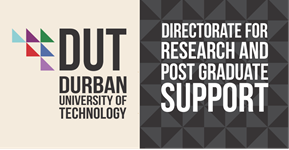Examining Leadership Traits to Succeed in a VUCA-Induced Environment in Eskom
DOI:
https://doi.org/10.51415/ajims.v4i1.1004Keywords:
change, Covid-19 pandemic, Eskom, leadership, VUCAAbstract
Leading through a crisis and volatile environment requires very different and unique leadership traits. This research sought to understand if the leaders at a state-owned (SoE) utility in South Africa, Eskom, are equipped with the required traits to succeed in a volatile, uncertain, complex, ambiguous (VUCA) induced crisis environment like the Covid-19 pandemic and if there is an alignment between how leaders perceive how well they can perform their tasks with their employees' perceptions of their ability to do the task in this environment. Ineffective leadership response to such an environment and crisis due to leaders lacking the essential traits can cost the SoE direly in financial terms, market value, service delivery, brand equity, and employee attrition. Thus, establishing the key leadership traits that leaders at Eskom lack for leading in VUCA and crisis environments would assist Eskom in identifying the appropriate upskilling for their leaders. Using a quantitative research design, the study surveyed a total of 65 senior managers and 45 employees at Eskom, an SoE in South Africa, using an online survey platform. The study found that the senior managers at Eskom are equipped to some degree with the appropriate traits required to succeed in a VUCA environment. They could not perform all 32 tasks well as per the SCAILES framework but do display key traits that align to 6 constructs of the framework: strategic, complex, adaptive, learning, emergence, and systems.





